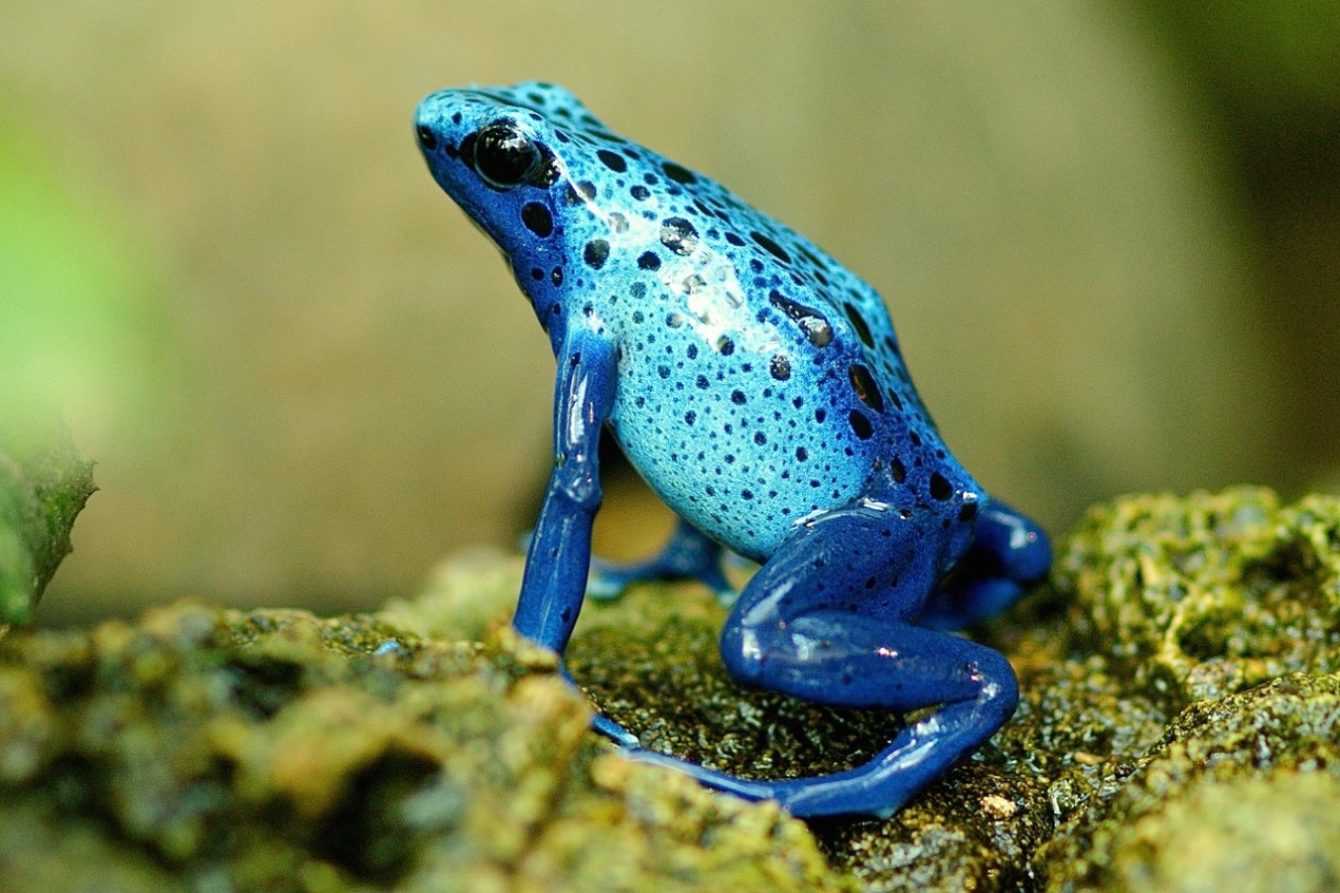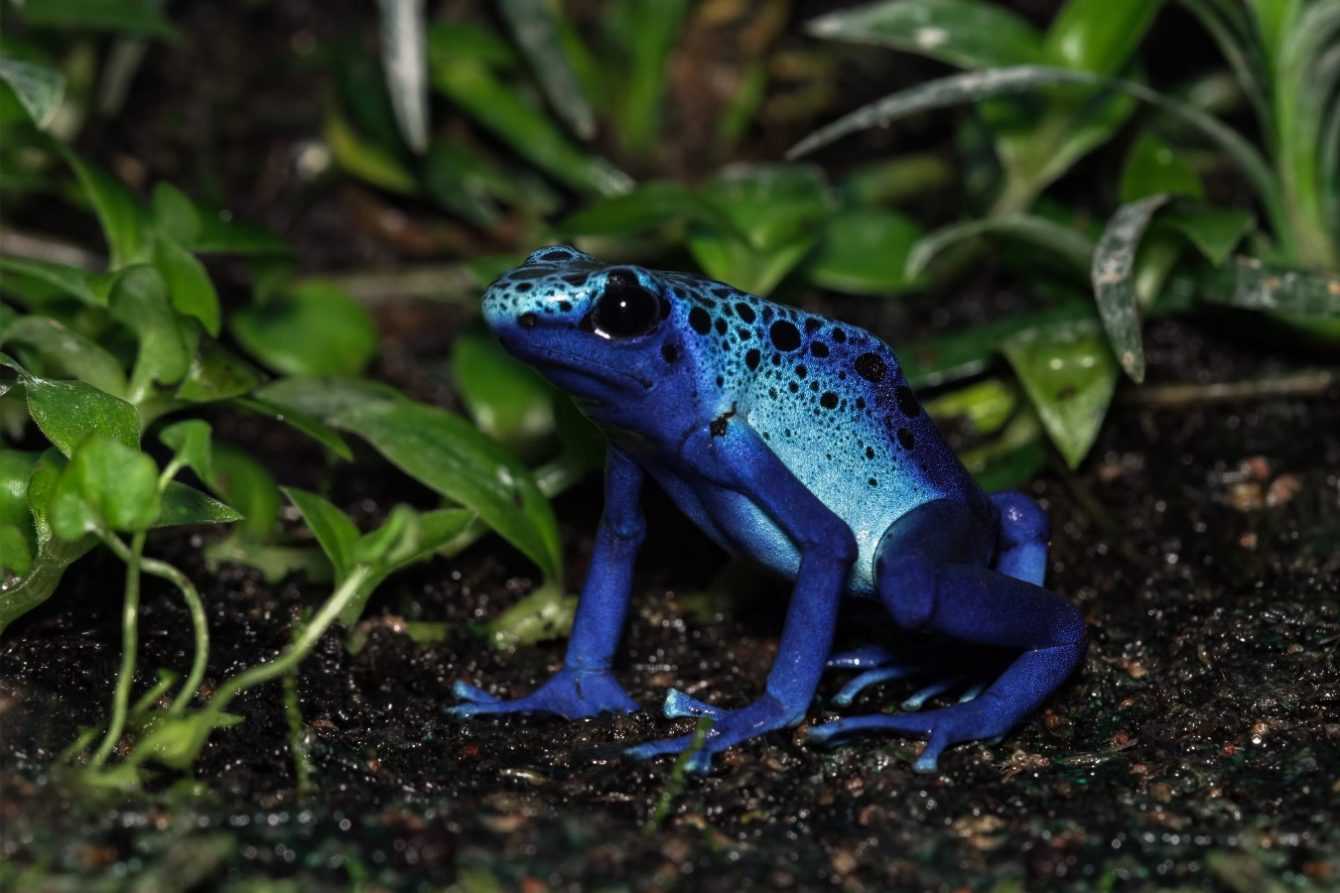A team of researchers analyzed the tapping of the toes of the hind legs of Dendrobates tinctorius frogs and discovered that it has a precise functionality
Animals have myriad adaptations that help them hunt and feed in the most efficient and effective way. These include a mysterious behavior observed in some species of frogs that “tap” the toes of their hind legs. This attitude, believed to be linked to hunting and eating, was studied by a team of researchers, whose results were published in bioRxiv. The species under consideration is Dendrobates dyer, a small-sized but flashy-looking frog, with a range of colors ranging from yellow/orange to blue, often enriched with touches of black that warn predators of its toxicity. In fact, to defend itself, it secretes a paralyzing and potentially lethal poison through the glands on its skin. D. tinctorius exhibits a peculiar behavior that has caught the attention of researchers. It is able to vibrate the toes of its hind legs, an attitude whose meaning still remains a mystery. For this reason, a pair of researchers fromUniversity of Illinois Urbana-Champaign has carefully studied this behavior and hypothesized that it may be linked todiet.

Frogs Dendrobates tinctorius: how the research was carried out
The researchers recorded high-speed video of individual frogs during their feeding period, providing them with midges as prey. They repeated the same process during times when the frogs were not busy nutrition, so as to be able to notice any behavioral differences. Next, they assessed whether the frogs changed theirs behavior when prey was inaccessible to them. To this end, they provided the frogs with midges locked inside a Petri dish, not directly accessible. Again, they recorded everything via video. Finally, they tested and recorded the frogs’ tapping behavior on four different surfaces (leaf litter, soil, gel and glass), observing their behavior both during the hunting period and at other times.
Il patter of frogs it increased significantly in the presence of prey, and even more so when there were multiple specimens at the same time. In contrast, this behavior decreased rapidly when individuals were alone, and even more so in the absence of prey. Furthermore, it was seen that the frogs tapped more when the prey was accessible to them, while they did so less when it was not. What makes everything even more amazing is the speed with which Dendrobates tinctorius frogs can move with a maximum of 500 taps per minute.
Continue reading techgameworld.com so you don’t miss the latest science-themed content, but not only that. Follow all the updates!
















Leave a Reply
View Comments